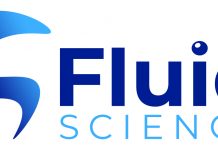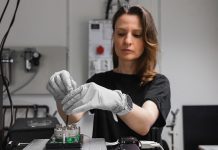HyperSolar, Inc. the American developer of a technology to produce renewable hydrogen using sunlight and water, has developed an inexpensive photocatalyst that will improve overall performance.
According to the company, test results indicate that this low cost catalyst will reduce overall voltage requirements, significantly increase photocurrents, improve hydrogen production efficiency and further reduce the cost of the Company’s hydrogen production process. Having recently surpassed the 1.5 Volt threshold needed to produce hydrogen in commercially viable real world applications, the company turned its attention to increasing photocurrent and production efficiency that it believes will drive down overall system costs. A University of Iowa team led by Dr. Syed Mubeen Hussaini identified a sulfide-based photocatalyst comprised of an abundant, non-toxic cheap material that it believed would rival platinum, a well-known catalyst material.
HyperSolar says that the ramifications of the breakthrough are significant, particularly the solar-to-hydrogen conversion efficiency. Historically, the key commercial barrier to renewable-produced (solar and wind) hydrogen fuel has been the expense of various system components. HyperSolar believes the initial successes of utilizing this abundant photocatalyst clearly demonstrates its potential to compete with platinum, therefore significant reducing overall system cost.
CEO Tim Young said: “The challenge facing widespread hydrogen fuel adoption has always surrounded both cost and scalability. While we have achieved high voltage, and now high current, we must improve the long-term stability of bonding the photocatalyst to our novel high voltage solar cell. “We are confident this progress has us positioned to do so in a manner that will have large scale ramifications as we continue to advance the technology.” HyperSolar’s research is centered on developing a low-cost and submersible hydrogen production particle that can split water molecules under the sun, emulating the functions of photosynthesis.
Each particle is a complete hydrogen generator that contains a novel high voltage solar cell bonded to chemical catalysts by a encapsulation coating. The company’s main aim is to develop breakthrough, low cost technology to make renewable hydrogen using sunlight and any source of water, including seawater and wastewater. Unlike hydrocarbon fuels, such as oil, coal and natural gas, where carbon dioxide and other contaminants are released into the atmosphere when used, hydrogen fuel usage produces pure water as the only byproduct.














